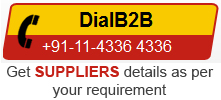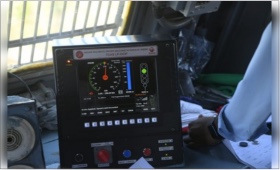|
Access to credit has always been a major challenge for MSMEs. Issues like bureaucratic red tape, lack of collateral, and the absence of proper financial records have only added to their struggles, making it difficult to secure the capital needed to scale their businesses. However, I think digitisation is finally bridging this gap, making financing more accessible and efficient for MSMEs.
When I compare my experiences of the nineties with the present, I definitely see a marked change. Today the rise of fintech platforms and digital lending solutions has made a huge difference. These were non-existent a couple of decades back where MSMEs had to rely on a handful of PSU banks who were rather not forthcoming in lending to small businesses because banks were unable to analyse the creditworthiness of MSMEs particularly. But these days I feel that the ability to assess creditworthiness using alternative data points, like GST filings, cash flow records, and even digital transaction histories, has made it easier for lenders to evaluate small businesses fairly.
It’s heartening to know that certain government-backed platforms like PSB Loans in 59 Minutes have simplified loan approvals, thus allowing MSMEs to apply and receive funding decisions within an hour. This is indeed a massive shift from the traditional, time-consuming methods, which one couldn’t have thought of earlier.
In addition, we must look into the seamless digital payments of our country. I think the integration of digital payment systems like UPI has also played a crucial role to improve financial transparency because these platforms give lenders a clearer picture of a business’ financial health, which increases the chances of loan approvals. I’m particularly excited to see that MSMEs have started to use automated invoicing, real-time accounting, and digital payment tracking. By doing so small businesses have succeeded in presenting themselves to be more credible to financial institutions.
|






















